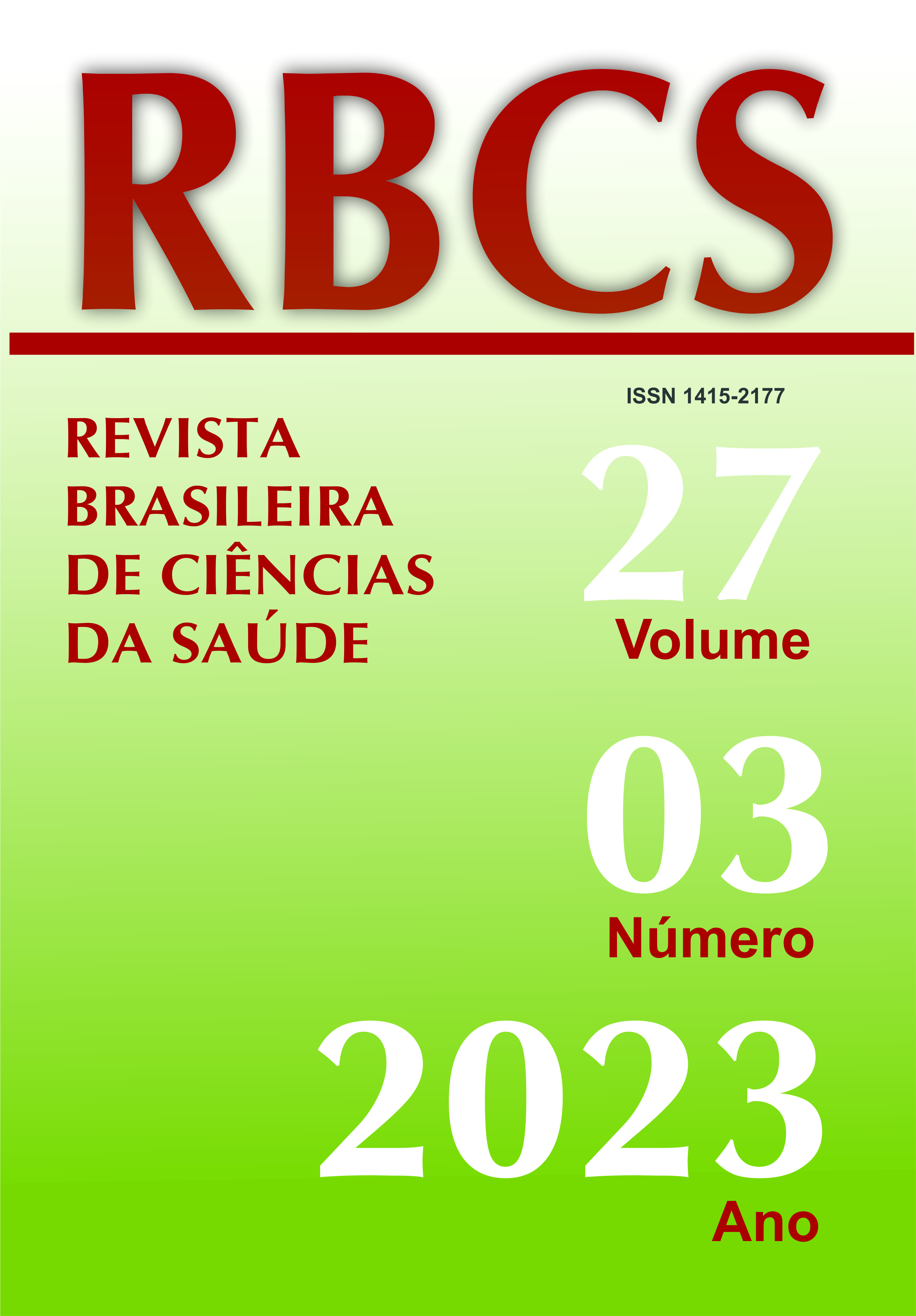Health literacy of patients with chronic kidney disease in the northeastern semiarid
DOI:
https://doi.org/10.22478/ufpb.2317-6032.2023v27n3.64429Keywords:
Literacy, Chronic noncommunicable disease, Dialysis, Self care, Health educationAbstract
Objective: To assess the health literacy level of individuals with chronic kidney disease (CKD). Method: Cross-sectional study developed through the application of sociodemographic and health literacy measurement questionnaires SAHLPA-18 and S-TOFHLA. Results: 92 individuals participated, most of whom were male, aged between 40 and 60 years, with low educational and economic level. It was found that 77% and 65% did not have an adequate level of literacy, according to the SAHLPA-18 and S-TOFHLA respectively. It was evidenced that factors such as increasing age (p<0.0001), worse economic class (p=0.02), and less education (p<0.02) were associated with inadequate health literacy. Conclusion: The data presented reflect the deficiency exposed by chronic kidney patients regarding the domain of skills to deal with decisions in the context of CKD follow-up. Therefore, these data reveal a worrying situation since CKD demands an active participation of the individual, including self-management and prevention of its complications. Understanding these limitations can contribute to the adequacy of health services in this region.


